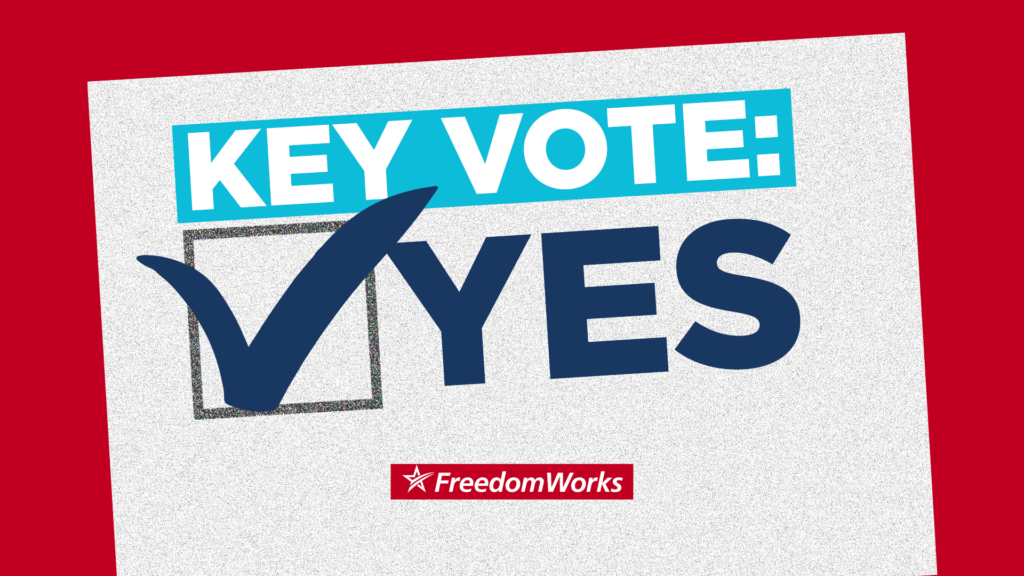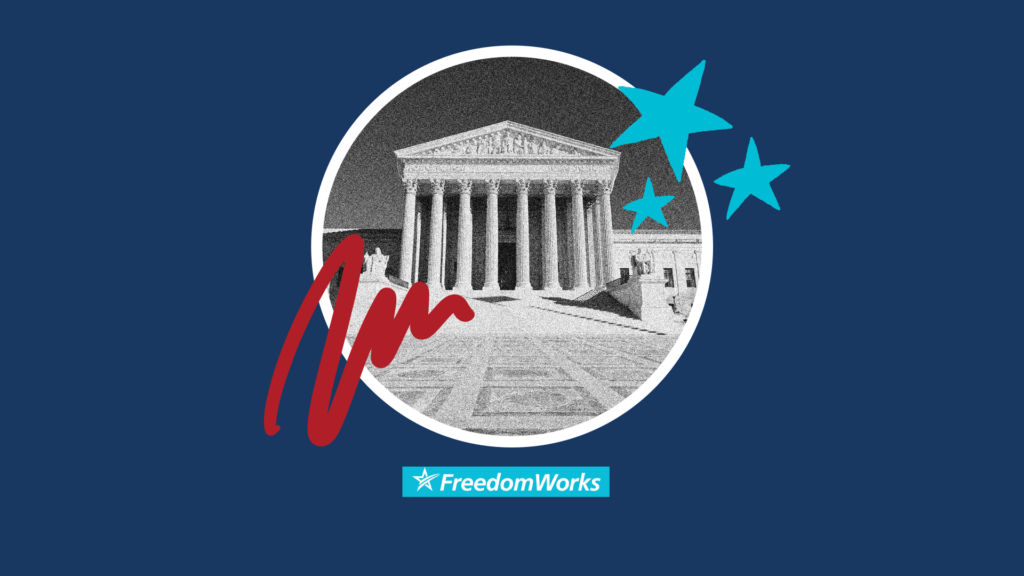As His ACA Implodes, Obama Makes It Up—Illegally
The patchwork quilt that is ObamaCare remains a work in progress, with recent news that President Obama once again has extended the employer mandate deadline for certain businesses, this time pushing the enforcement date comfortably beyond the next election cycle. The latest delay has created heartburn even among Democrat supporters of the health care law. But President Obama’s regulatory rollercoaster is indicative of a larger problem in Washington: the emergence of the administrative state, with the government increasingly becoming a third party to what used to be private transactions.
Over the past 100 years, the rule of law has been increasingly displaced by the rule of men. Arbitrary administrative decisions are moored in statutory law rather than the common law that helped frame the Constitution. This transition has coincided with the growing administrative state, with laws imposed from the top down by statute and regulation, the antithesis of the common law’s more organic tradition of shaping law through precedent. Given the sway of statutes and bureaucratic implementation in today’s world, it is not surprising that the Obama administration remains oblivious to the constitutional concerns created by arbitrarily rewriting and selectively enforcing his singular achievement, The Patient Protection and Affordable Care Act.
Yet, as law professor Jonathan Adler points out, delaying the employer mandate is illegal, regardless of the Treasury Department’s claim to the contrary. Adler notes that the statute is quite clear that the mandate "shall apply" after December 31, 2013. The plain text of the statute leaves little to interpretation and virtually no wiggle room for the Treasury Department to promulgate its own implementation schedule.
As the size and scope of government has grown, so has its reach into the lives of individuals. Congress passes laws, then delegates rulemaking authority to the appropriate federal agency, which then crafts the regulations to enforce the law. More often than not, new regulations are simply layered on top of existing regulations, creating an impenetrable tangle of laws that makes compliance a costly and perplexing challenge. In fact, at the onset of 2014, more than 40,000 new laws (at all levels of government) were put in place in the United States. Many Americans are probably in violation of some law they have no idea exists.
Examples abound, from a school suspending a child for forging a gun out of a Pop-Tart to the Environmental Protection Agency attempting to fine homeowners $37,500 per day for building a home the agency decided was too close to a lake. The EPA’s overreach was especially notable because the Clean Water Act restricts their actions to "navigable waters"-the agency wrote its own regulations to expand that power. The EPA case also highlights the darker side of statutory creep, with the administrative state’s massive expansion of what is defined as criminal behavior. Statutory law is laden with criminal penalties for proscribed behavior.
Lawyer Philip K. Howard compares this transition from common law to statutory law with the death of common sense. His work examines the threat to individual liberty posed by expanding bureaucratic regimes enforcing an increasing number of rules and regulations. And Paul Rosenzweig notes that Congress continues to create new criminal offenses in legislation, often ignoring the important legal concept of mens rea, or "intent" on the part of the transgressor. Given the surge in criminal sanctions written into law, it may be prudent to revisit the old adage that "ignorance of the law is no excuse."
Markets are a set of institutions, a framework that allows individuals to voluntarily enter into mutually beneficial exchanges, benefitting consumers and businesses alike. One important component of this institutional framework is the rule of law. For the Founders writing the Constitution, the premise was simple, yet powerful: create a judicial branch that can protect private property, enforce contracts and resolve disputes. These basic measures provide the certainty and continuity that allow individuals to make and coordinate plans, allocating resources in ways that promote long-term economic growth.
The judicial branch was created in conjunction with the executive and legislative branches-a key component of the separation of powers that was to check the excesses of any particular branch. Today, many legal scholars are skeptical that this balance remains. Swamped by statutory law, the independence of the judiciary has been under threat, and all too often the judiciary defers to the executive branch enforcing the regulations or the Congress that wrote the laws. This was clearly the case in the Supreme Court’s decision on the Patient Protection and Affordable Care Act.
An independent judiciary is a cornerstone for a well-functioning market order and a free society. Perhaps it is time to revisit the role of the judiciary and rebalance the power among the competing branches of government.




